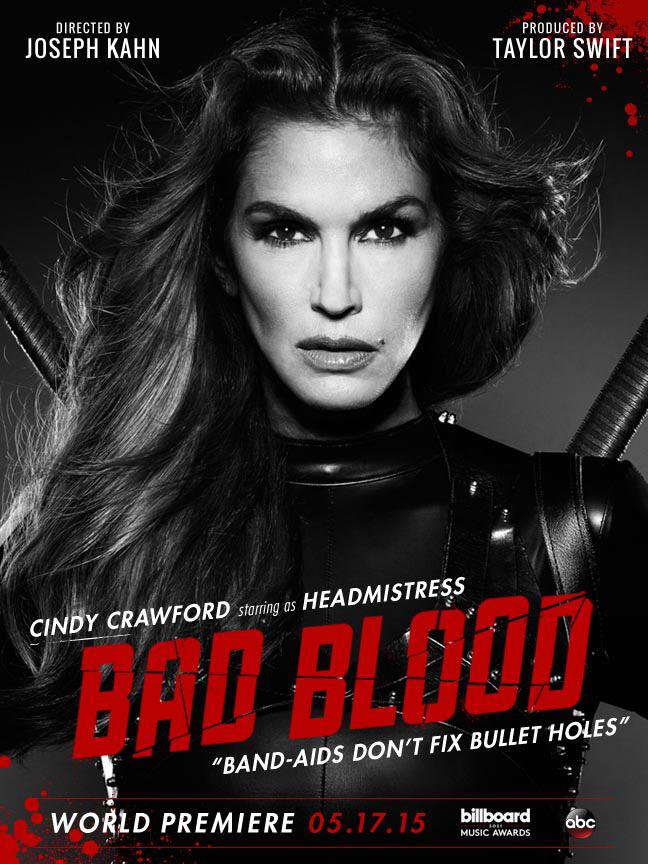Introduction
In the vast realm of pop culture, few songs have generated as much buzz and intrigue as Taylor Swift’s “Bad Blood.” Released in 2015 as part of her chart-topping album “1989,” the song captivated audiences with its catchy melody, empowering lyrics, and star-studded music video. However, beneath the glossy exterior lies a gripping narrative of friendship, betrayal, and personal growth. In this blog post, we delve into the symbolism and real-life inspiration behind “Bad Blood,” unravelling the layers of emotion that make it one of Taylor Swift’s most iconic songs.
The Genesis of “Bad Blood”
“Bad Blood” originated from a painful chapter in Taylor Swift’s life, one that involved a rift with a close friend within the entertainment industry. Although Swift has never explicitly named the individual, speculation suggests it might refer to her falling out with another prominent female artist. As the song’s title suggests, the once-strong bond between the two artists soured, leading to feelings of resentment and animosity.
A Cinematic Music Video
The music video for “Bad Blood” is a mini-movie in itself, packed with action, intrigue, and a star-studded cast. Directed by Joseph Kahn, the video features Taylor Swift as “Catastrophe” and showcases a diverse lineup of famous personalities portraying fierce characters. From Selena Gomez as “Arsyn” to Cara Delevingne as “Mother Chucker,” each celebrity represents a warrior in Swift’s army, seeking vengeance against a common enemy. The cinematic visuals and edgy aesthetics breathe life into the song’s narrative, turning “Bad Blood” into an epic tale of empowerment.
Empowering Lyrics and Themes
At its core, “Bad Blood” is a song of empowerment and self-discovery. Through its compelling lyrics, Taylor Swift asserts her strength and resilience in the face of betrayal. Lines like “Band-Aids don’t fix bullet holes” and “Now we got problems, and I don’t think we can solve them” showcase her candid expression of hurt and disappointment. However, the song’s overarching message is one of rising above negativity and reclaiming personal power.
The Transformational Journey
Beyond the tale of a broken friendship, “Bad Blood” also marks a turning point in Taylor Swift’s artistic evolution. Departing from her country roots, the “1989” album signalled a bold shift toward pop music, earning her widespread acclaim and commercial success. The song’s infectious hook and undeniable catchiness further solidified Swift’s status as a pop music sensation, propelling her into a new phase of her career.
The “Bad Blood” Legacy
Years after its release, “Bad Blood” continues to resonate with audiences worldwide. It has become an anthem of empowerment and strength, inspiring listeners to overcome challenges and embrace their authentic selves. The song’s impact extends beyond the entertainment industry, as it serves as a reminder that even in moments of vulnerability, personal growth and triumph can be achieved.
Conclusion
“Bad Blood” is more than just a chart-topping hit; it is a powerful narrative of friendship, betrayal, and self-discovery. Taylor Swift’s candid lyrics and emotive performance make this song a compelling reflection of her personal journey and artistic growth. Through its catchy melody and empowering message, “Bad Blood” stands as a testament to the resilience and the unyielding spirit of an artist who continues to captivate the world with her music and authenticity.



